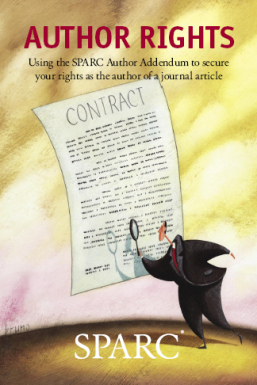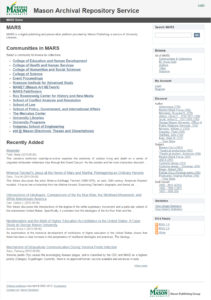File sharing protocols have become a common method for sharing all types of content, both legally owned and unlawfully acquired, among and between computer users. With the advent of Napster in 1999, these protocols have grown exponentially. Torrent and Gnutella sites, such as Frostwire and Ares, facilitate distribution of content, often without permission from the owner of that content. This causes tension between the copyright owner, who wants to maintain control over his/her works, and individuals who want to use, enjoy, share, and build on these works.
Users must be aware of the fact that access to content on the Web is not equivalent to owning that content. You can watch, listen to, and read online content 24/7. But you may not have the right to download the material and/or use it the way you would like, unless you make payment to or have permission from the copyright owner. A Creative Commons license explicitly stipulates how users may use the content. Otherwise, assume that all content on the Web is owned by someone, even if it isn’t marked with a copyright symbol.
Industry Slant
The Business Software Alliance (BSA) is a trade organization representing software companies and their hardware partners.
BSA on Internet Piracy
BSA on Software Licensing
The Motion Picture Association of America (MPAA) serves as a “voice and advocate” for its members, the six major motion picture studios, and their interests in the motion picture, home video, and television industries.
Why the MPAA Cares About Copyright
Types of Content Theft
The Recording Industry Association of America (RIAA) is a trade organization for the major music companies who are their members. RIAA members record, manufacture, and distribute 85% of “legitimate recorded music” in the United States.
RIAA on Piracy



 The
The 